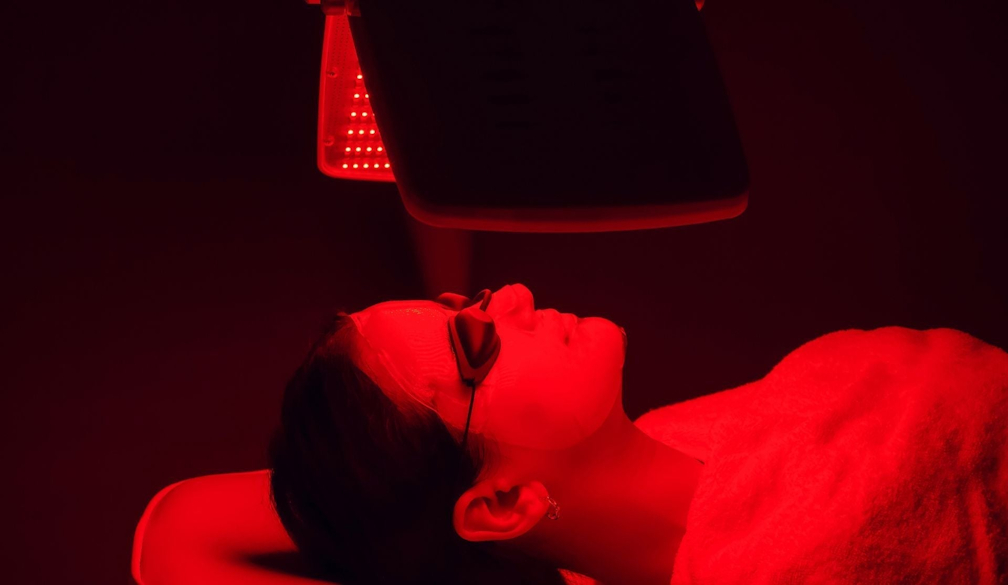
Understanding the Challenge of Stroke Recovery
Stroke is one of the leading causes of long-term disability globally. Survivors often face a daunting journey marked by impairments in mobility, speech, cognition, and mood. Conventional rehabilitation can offer significant benefits, but for many, progress is slow and incomplete. This has sparked growing interest in complementary therapies that can aid the body’s natural healing mechanisms, one of the most compelling being red light therapy devices.
What Is Red Light Therapy and How Does It Work?
Red light therapy, also referred to as photobiomodulation, involves directing low-level red or near-infrared light to the body, including the scalp. This light penetrates through the skin and reaches underlying tissues, including brain cells. The primary effect occurs at the mitochondrial level, where it boosts production of adenosine triphosphate (ATP), the energy molecule essential for cellular repair and regeneration. In the context of neurological damage, this boost in cellular energy may help injured neurons and supporting cells recover more effectively.
Scientific Studies Supporting Its Use
Research on red light therapy for strokes is still emerging, but some key studies offer compelling insights. One of the foundational investigations was part of the NeuroThera Effectiveness and Safety Trial (NEST-1), published in the Stroke journal. In this study, ischemic stroke patients received transcranial near-infrared therapy within 24 hours of symptom onset. Those in the treatment group showed statistically significant improvements in neurological function compared to those given a placebo, suggesting that timely application of light therapy could play a role in early stroke intervention.
Another important development came in the form of a 2022 review in Photobiomodulation, Photomedicine, and Laser Surgery, which examined both preclinical and clinical data. The review noted that red light therapy has the potential to enhance motor recovery, promote neuroplasticity, and protect brain tissue from further damage by reducing oxidative stress and inflammation. The authors emphasized the need for further large-scale trials but concluded that the therapy holds considerable promise.
Exploring the Benefits and Biological Mechanisms
The therapeutic impact of red light therapy stems from several interrelated mechanisms. By increasing ATP production, it helps power cellular processes critical to recovery, particularly in areas of the brain that have been starved of oxygen and glucose during a stroke. The therapy also enhances cerebral blood flow, ensuring that oxygen and nutrients are delivered more efficiently to recovering tissues. Additionally, it appears to modulate immune activity in a way that reduces harmful inflammation and supports the body’s repair response.
Red light therapy is also considered highly effective in treating anti aging skin. Because it's non-invasive and generally safe for all skin types, it has become a popular anti-aging treatment in both clinical and at-home skincare routines.
Given these benefits, it’s no surprise that many in the medical and rehabilitation communities are beginning to explore how red light therapy can be used in conjunction with established stroke recovery protocols. While still considered experimental, its low-risk profile and non-invasive nature make it an attractive option for further investigation.
Who Should Consider Red Light Therapy?
This therapy may be of particular interest to stroke survivors who are in the early phases of recovery and are looking for ways to enhance their rehabilitation outcomes. Some clinicians are also exploring its application for individuals further along in their recovery, especially in cases where progress has plateaued. For caregivers and patients alike, understanding the science and emerging evidence behind red light therapy for strokes can empower more informed discussions with healthcare providers.
Practical Considerations and Future Outlook
Although the initial findings are encouraging, it's essential to recognize that not all devices offer the same results. Factors such as wavelength, power density, treatment duration, and frequency all influence the effectiveness of therapy. For those considering red light therapy, consultation with a medical professional is highly recommended. While adverse effects are rare, ensuring proper technique and alignment with individual health needs is crucial.
Looking ahead, the role of light-based therapies in stroke recovery may become increasingly significant. As interest in holistic and non-invasive treatments grows, so too does the body of evidence suggesting that light, particularly red and near-infrared light, has a measurable impact on brain healing. The future of stroke rehabilitation could very well include therapies that are as gentle as light, yet powerful enough to promote real, lasting recovery.


















